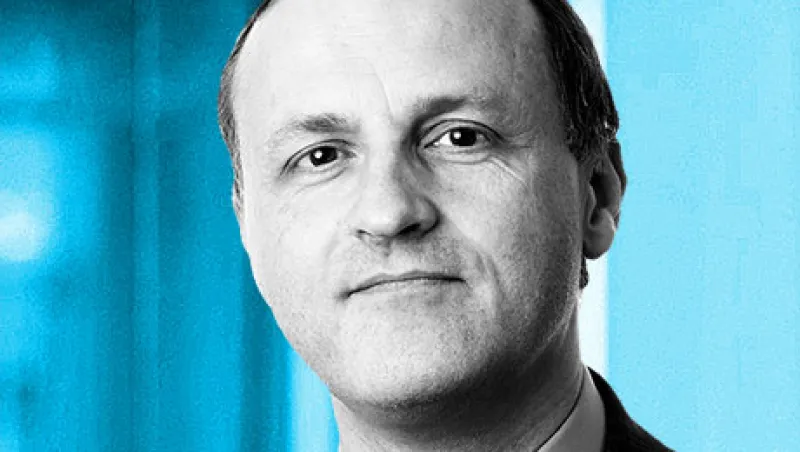The smallest pension schemes among U.K. companies on the FTSE 350 index will need to recover from the biggest decline in funding levels last year, according to a research report from Goldman Sachs Group.
In its annual review of Britain’s defined benefit market, Goldman Sachs Asset Management found that schemes with less than £500 million ($653 million) in assets saw a 6.6 percent drop in funding levels, compared to a 1.4 percent decline for those with more than £500 million. The pensions were hurt by weakness in sterling, tumbling bond yields and liabilities outpacing growth assets, according to the firm’s research released Monday.
The report, entitled “Trouble Beneath the Surface, suggests the problem is likely much more severe across the U.K. because 85 percent of the region’s schemes have assets of less than £500 million, whereas only 47 percent of FTSE 350 pension schemes are that small. The funding gap highlights the need for each scheme to review risk management so retirees can receive the pension payments they were promised to live in financial security.
“Size matters and life is harder for small schemes,” said Steve Webb, director of policy at Royal London and a former U.K. pensions minister. “Small schemes need to be looking at what larger schemes have done and see if any larger schemes have adopted a viable de-risking or hedging strategy.”
The U.K. government is planning to issue a report on the pension sector later this year, but any changes it brings may not arrive fast enough. Any legislation resulting from the Department of Work and Pensions report will be “at least two years away,” Webb said, and “there are problems that need addressing now.”
There is wider evidence that larger schemes are finding it easier than smaller ones to reduce shortfalls in funding. Assessing more than 160 U.K. schemes with assets over £1 billion, a Barnett Waddingham research paper earlier this month showed that 57 percent had a deficit in the year through October 31, lower than 67 percent a year earlier.
The U.K.’s Pensions Regulator said in its annual report, released in June, that a majority of Britain’s defined benefit schemes are on track to be fully funded at the date when their pensioners need to be paid. But Webb said it’s important that regulators consider size when looking at the U.K.’s 5,800 DB schemes because the amount of assets they manage may restrict how they can invest. That, in turn, can influence performance relative to larger pension plans.
The Pensions Regulator also noted in its annual report that the number of members with defined contribution schemes, where employees are responsible for their own retirement savings, outstripped those with DB plans managed by their companies, for the first time.
“For many chief executives, funding a pension scheme is not going to be their biggest priority,” said Patrick Connolly, an investment consultant at Chase de Vere. “What is keeping them in a job is paying dividends to shareholders and increasing the share price.”







